Description
Uralite has a hardness of 5-6 and a specific gravity of 3.03 – 3.24. “Uralite” is a discredited term for Actinolite, and while it’s obvious that “Uralite” must’ve been the name given to an Actinolite specimen that came from the Ural mountains, it’s not really clear when it was first named, when it was discredited, why it was ever thought to be different than Actinolite, why the name was then applied to this specimen, or why “Uralite” is still used today… Perhaps it’s that “Uralite” is explicitly used to describe the pseudomorphs of hornblende group minerals, mainly actinolite, after a pyroxene group mineral, mainly augite, as is mentioned on a number of websites?
Furthermore, it’s not very clear when the Calumet Mine was in operation, when this rock was first collected, who named it, and especially, why they then chose to describe this as Uralite rather than Actinolite, or, whether they even did… Perhaps they knew this immediately as Actinolite? Perhaps they didn’t really care too much about what the name of this rock was, as they were mining for Iron, and this mineral only contains 8.5% Iron, so would they have just set this aside while going deeper for the Magnetite and Hematite? When, then, was this collected, and why?!
According to Mindat, Actinolite was “named in 1794 by Richard Kirwan from the Greek ακτίνα (“aktina”) for “ray” and λίθος (“lithos”) for “stone” in allusion to the fibrous nature of the original specimens.” “Actinolite” surely makes sense for this rock! Regardless of whether you prefer to use Actinolite or Uralite and no matter how you look at it, this rock is still just “a variety of Amphibole Supergroup”, along with Jade and Asbestos.
For element collectors, this would make for a great Iron sample, as mentioned above, despite not being red; or a Magnesium sample, being 9.7% Mg; or Calcium, at 8.6%; or with a touch of Aluminum and a trace of Titanium, Sodium, Manganese, this could make for a great sample of Silicon and Oxygen as well, at 25% and 45% respectively.
“Uralite” has been found in around 125 localities around the world on most continents, with around 22 in the US and 2 in Colorado – besides the occurrence at the Calumet Mine, the other being the Cleaveland Consolidated claim in San Juan County. According to Wikipedia, “Actinolite is commonly found in metamorphic rocks, such as contact aureoles surrounding cooled intrusive igneous rocks. It also occurs as a product of metamorphism of magnesium-rich limestones.” So, no matter where you are, be sure to keep an eye out for a cool, ray stone like this the next time you’re out on a hike and you’ll be able to identify what you’re looking at and possibly stumble onto your next Iron mine!

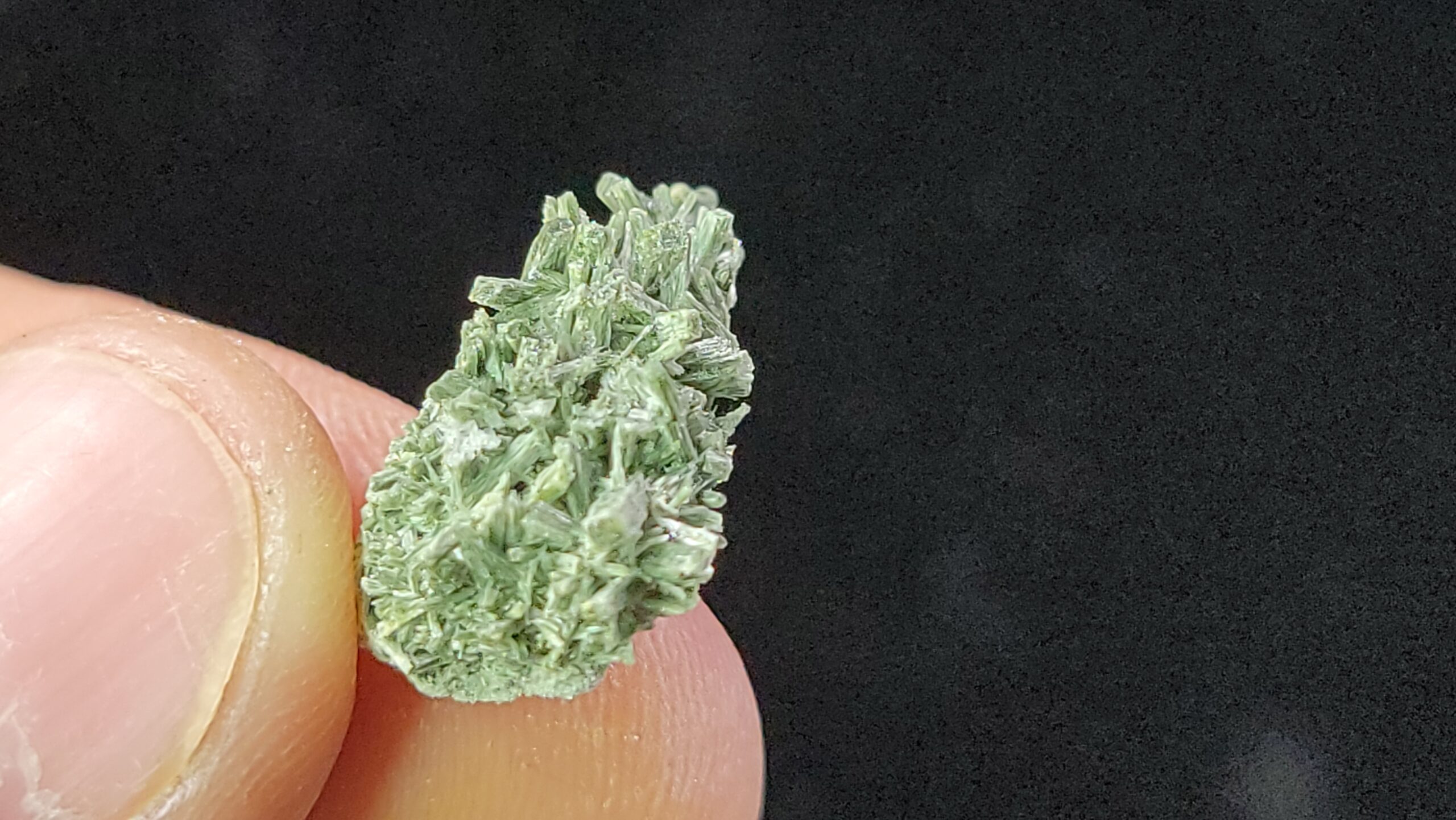

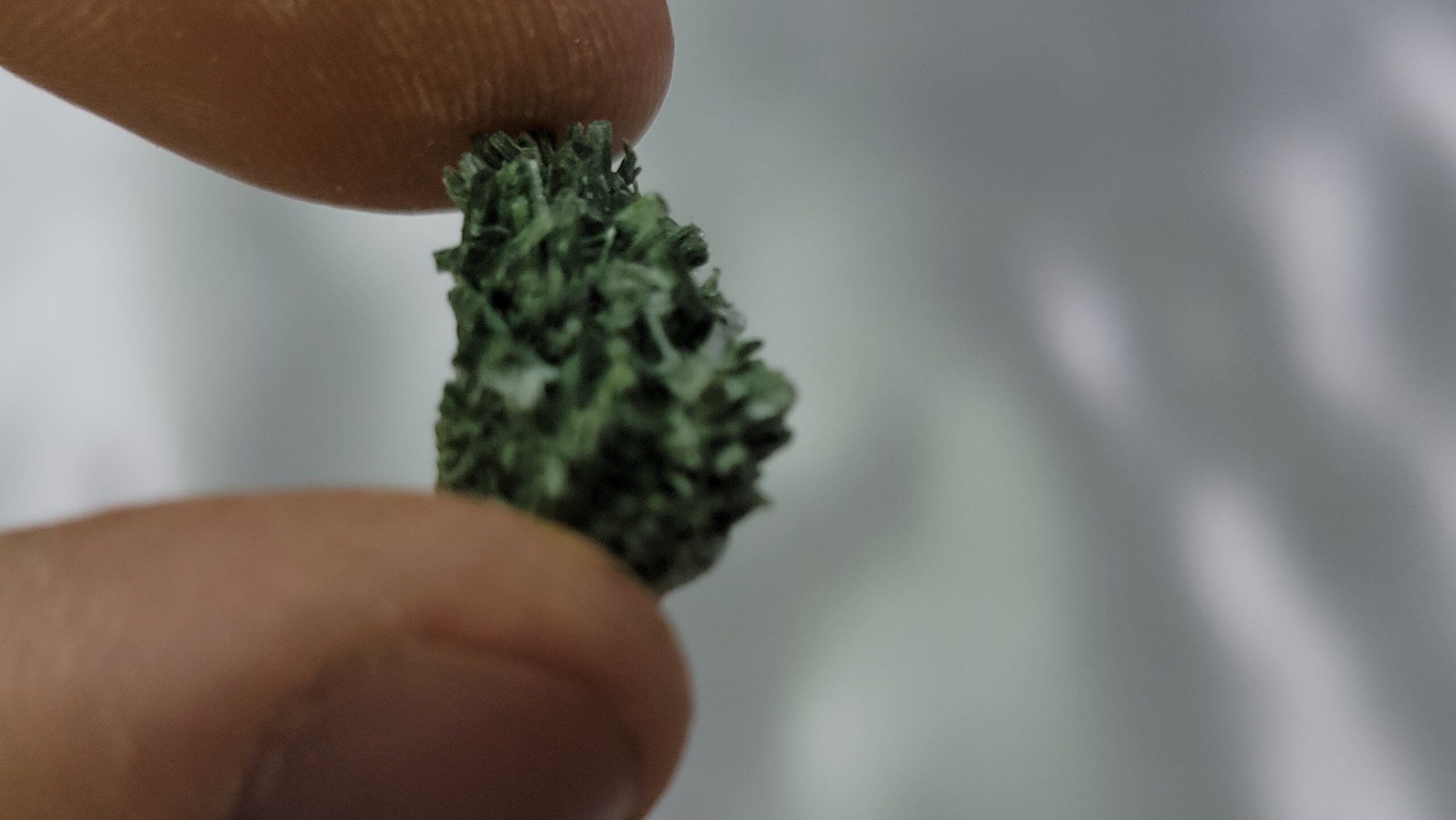
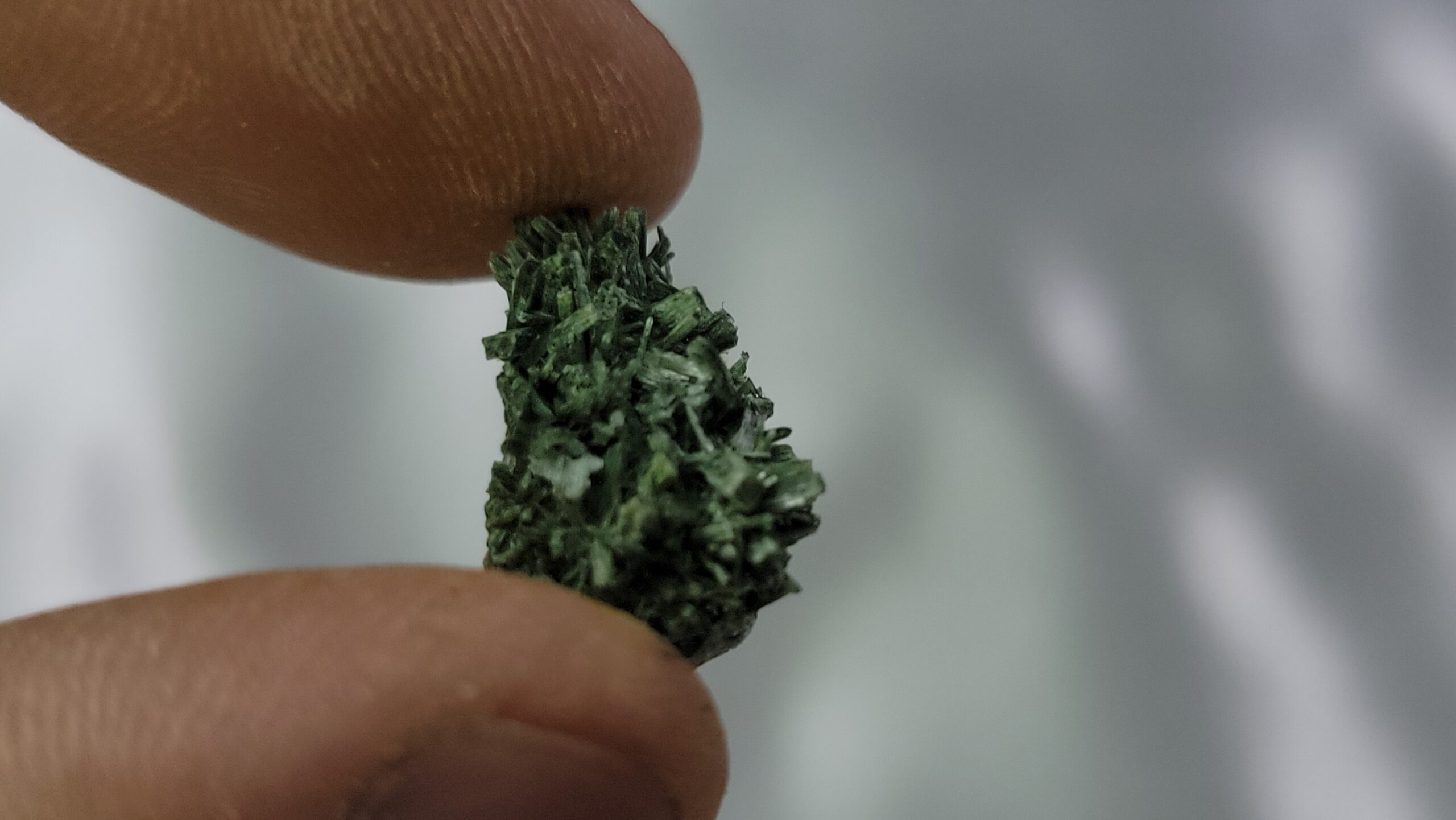
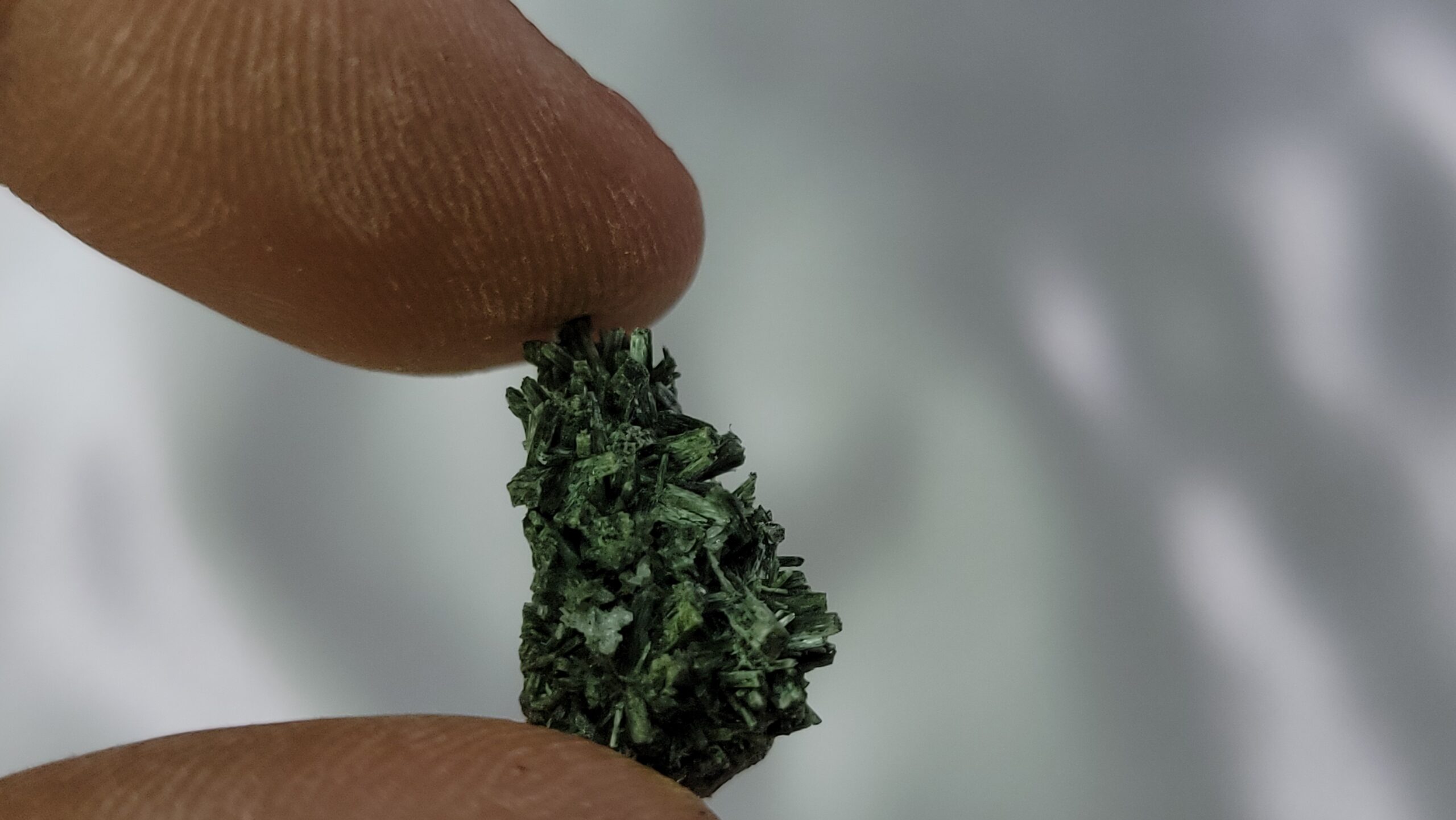

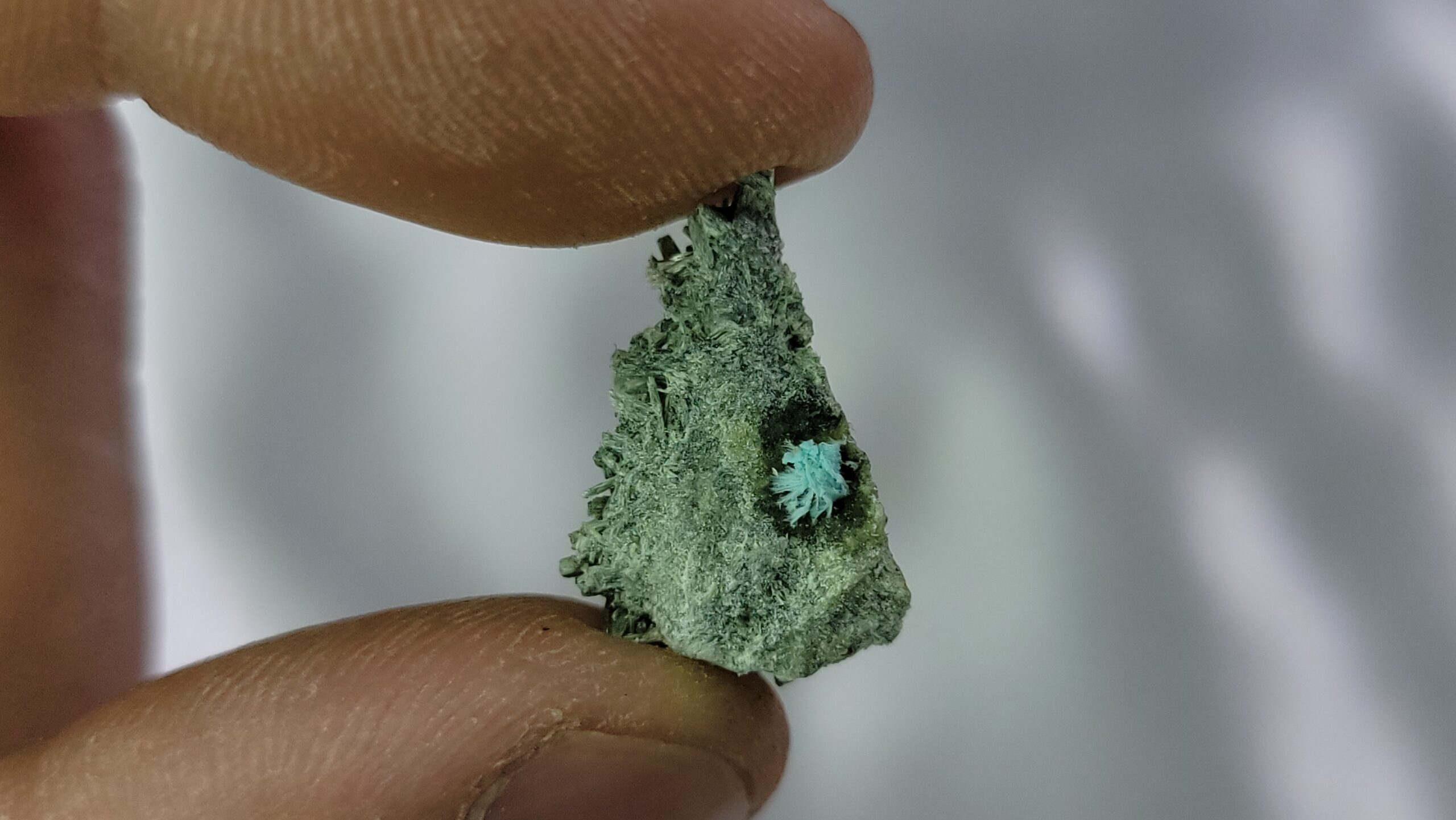
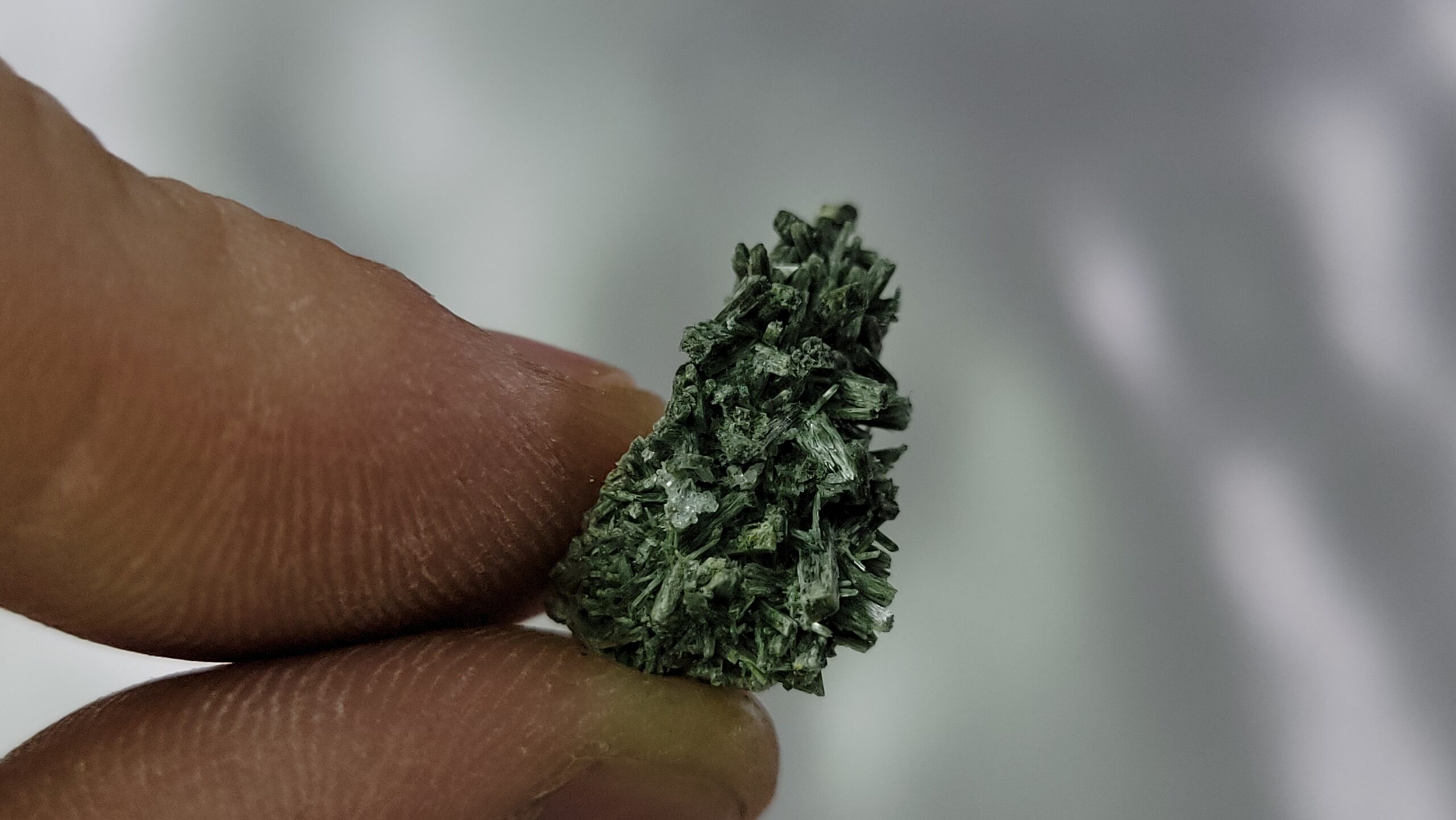

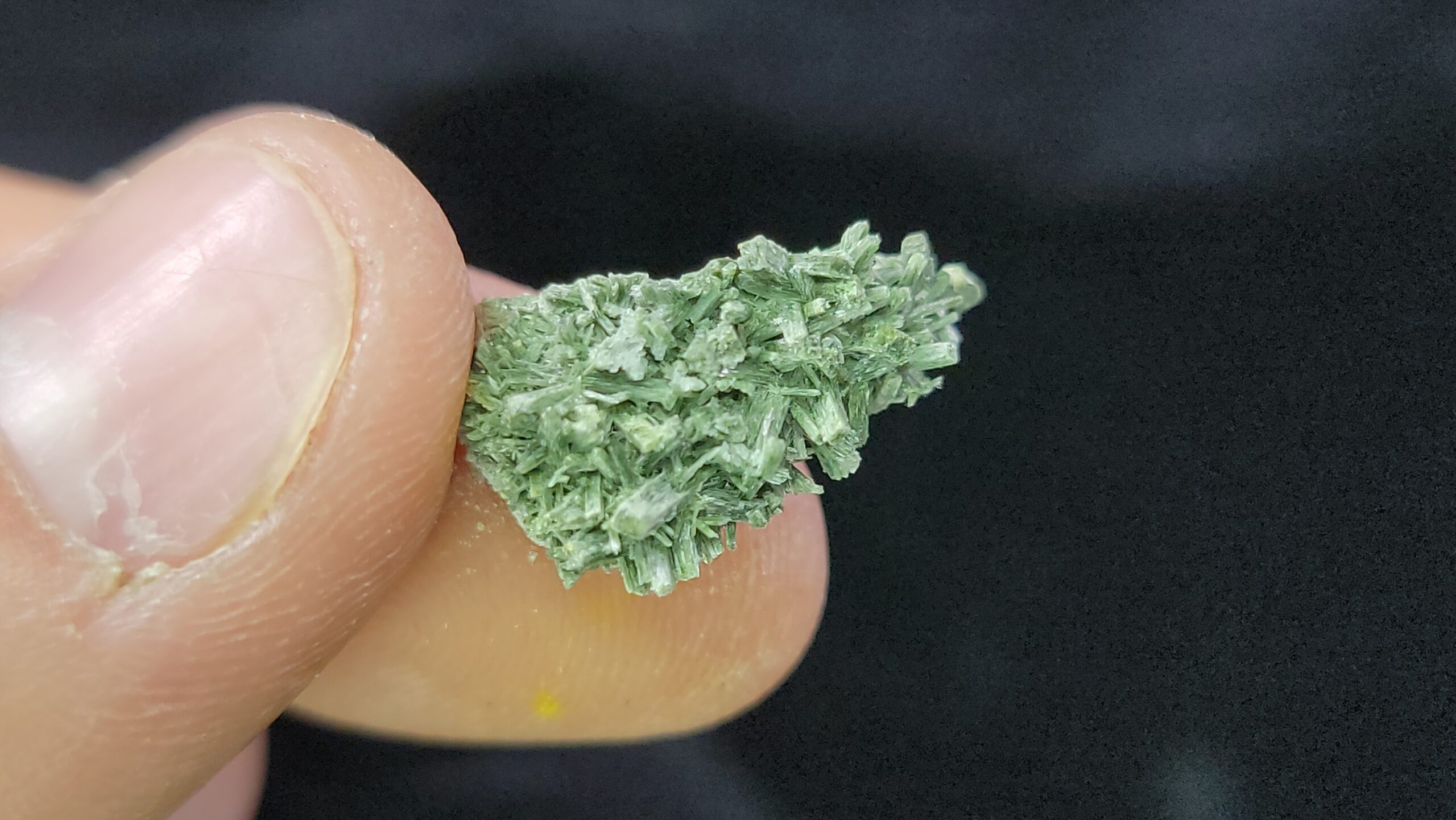




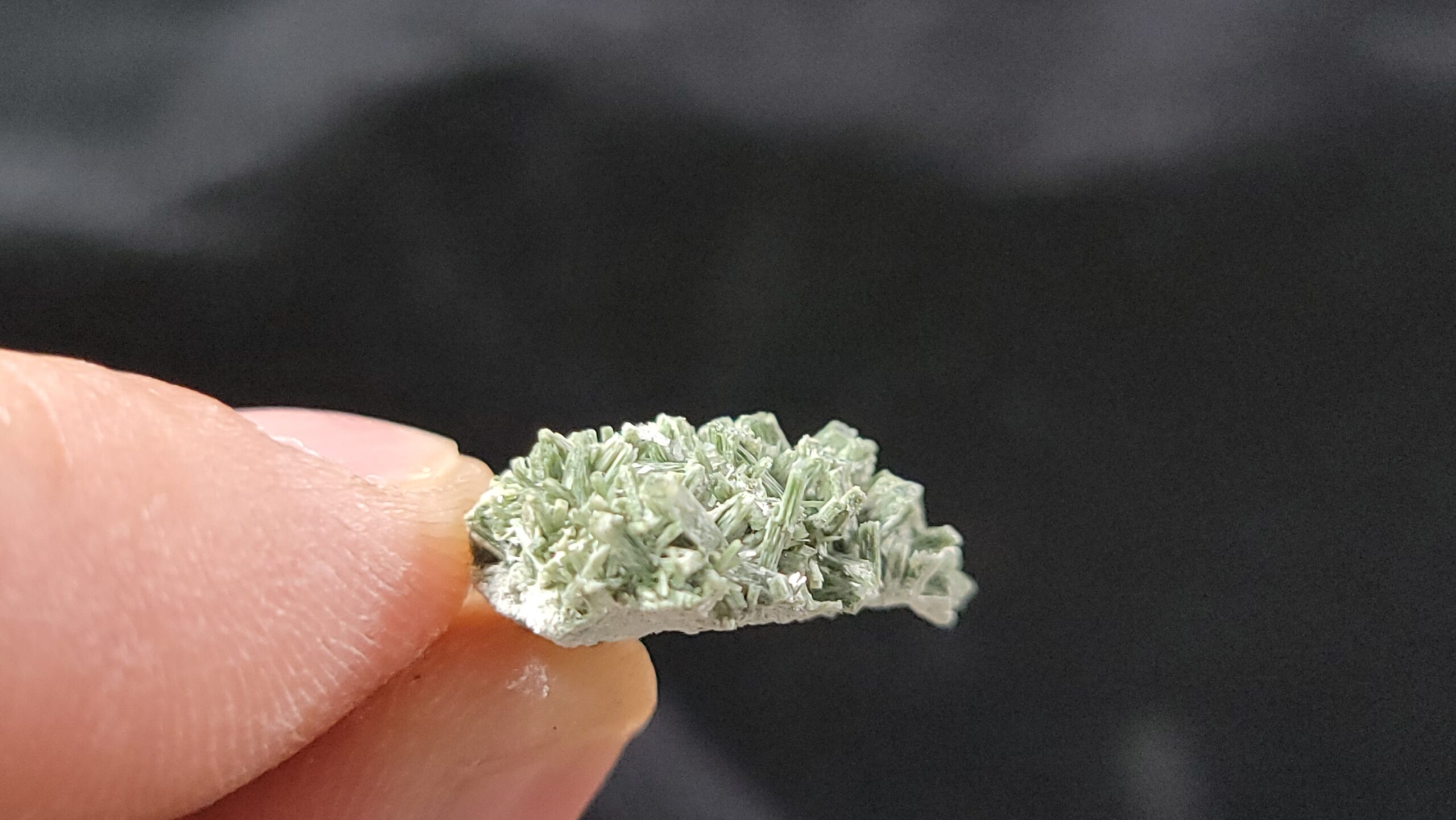
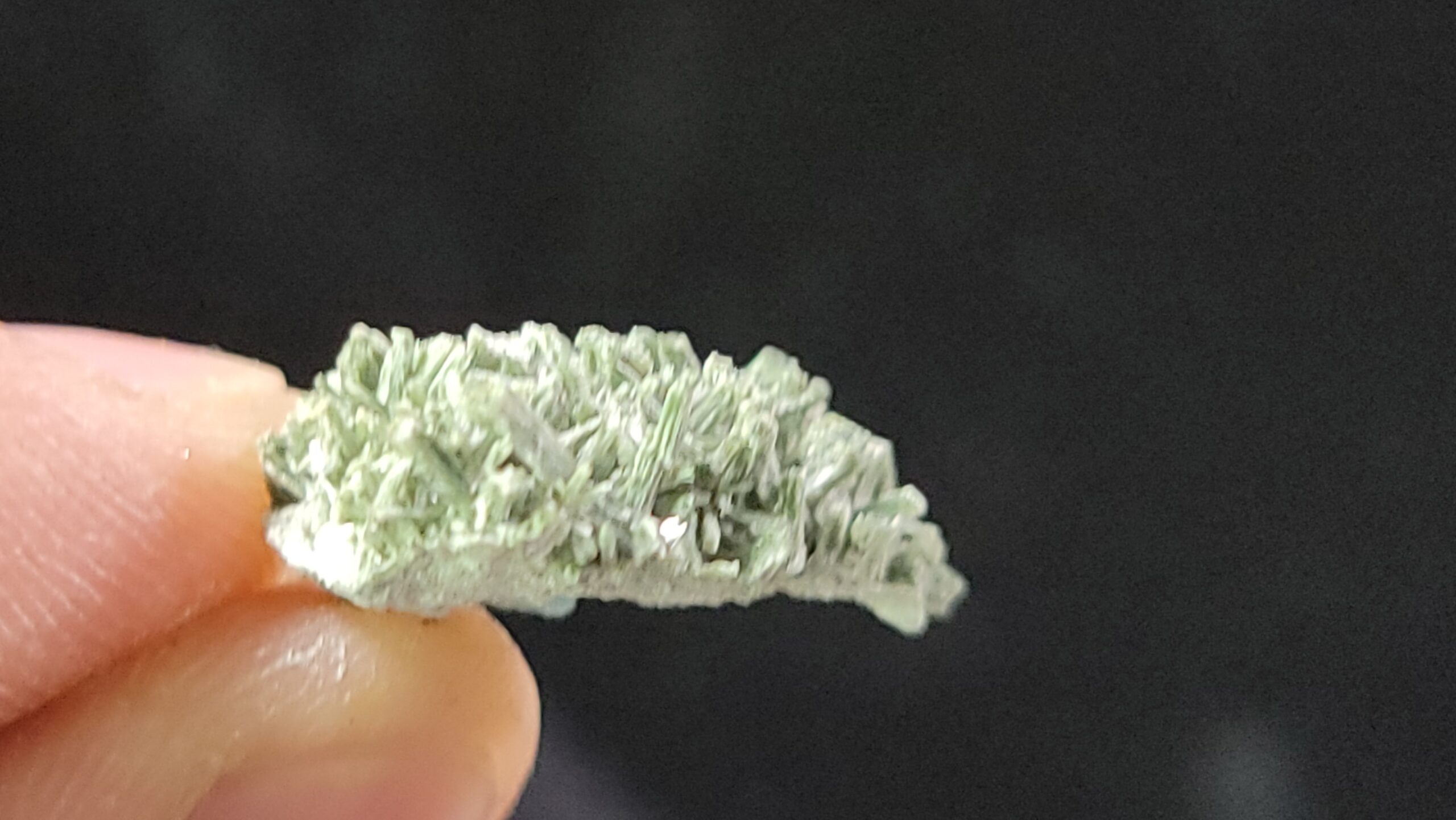





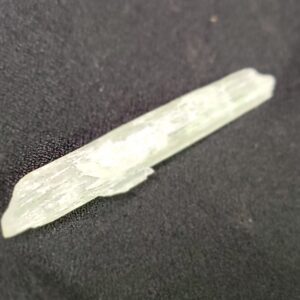
Reviews
There are no reviews yet.